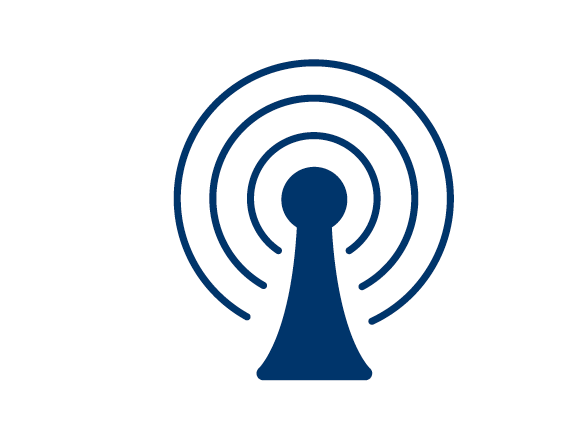Connecting Data to Storytelling
Filed under: Audio Story, Interactive Maps,
Grade: Advanced,
There are many ways to tell stories. We can write, speak, or even use art to tell a story. Data can tell a story, too. In this activity, students will draw connections between a Yale Climate Connections radio story and data from the Yale Climate Opinion Maps.
Background
Science texts can be intimidating and inaccessible for students and adults alike. Storytelling in science, therefore, is a powerful tool, as it can make the inaccessible relatable. Of course, storytelling in science is based on validated evidence; scientists can use storytelling as a tool to present facts to an audience that builds understanding around science topics.
Yale Climate Connections uses storytelling to build understanding about climate change. Through daily 90-second radio stories, as well as articles, and videos, Yale Climate Connections “connects the dots” between climate change and energy, extreme weather, public health, food and water, jobs and the economy, national security, the creative arts, and religious and moral values, among other themes. These stories can help explain phenomena portrayed in tools like the Yale Climate Opinion Maps, an interactive map that allows users to visualize and explore differences in public opinion about global warming in the United States. See the Educator Page to learn how the Connecting Data to Storytelling activity helps students use Yale Climate Connections and the Yale Climate Opinion Maps to tell a cohesive story.
Goals and Standards:
- Draw connections between data and science storytelling.
- Practice using a claim, evidence, reasoning framework to understand a climate change topic.


